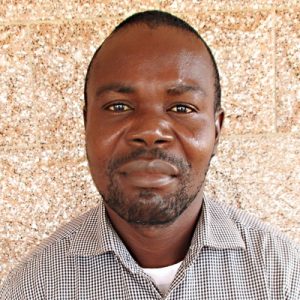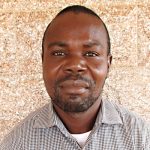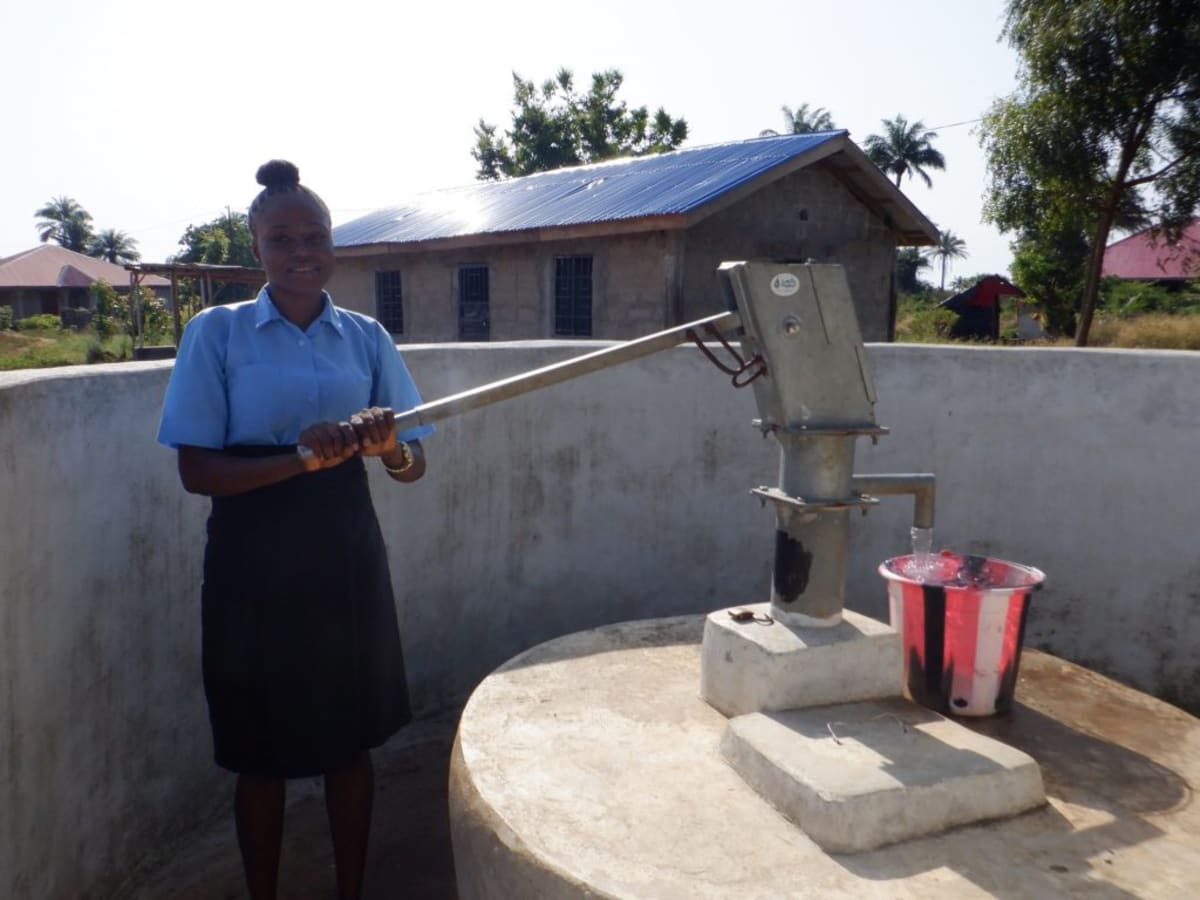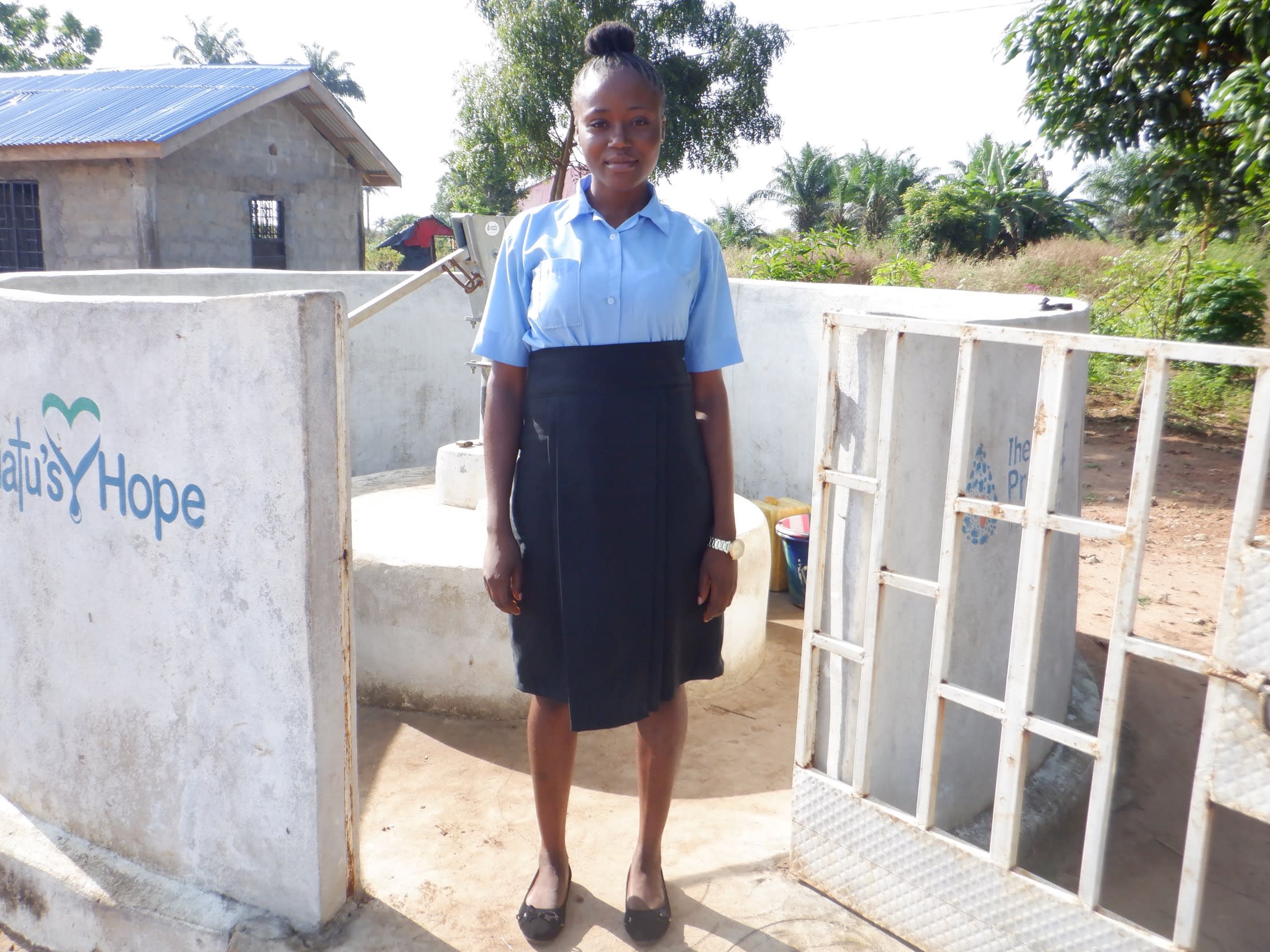Kasongha OIC Vocational School is growing rapidly. It started in 2004 with 35 students. The school recently moved to its current location along Gbonko Road due to the popularity and ever-increasing student population.
The school's founder was Dr. Sam Maligie, a parent and teacher who saw the need for growth and personal development for some members of the community. The school has grown to 176 with added areas of study that were not available in the past. This is a vocational school made up of young adults from all over the country. Most of the vocational school students have been another opportunity to gain knowledge because either they had left the conventional school system because of a lack of resources or due to pregnancy.
But now, the 176 students do not have access to water on the school grounds. The school commissioned a well a few years ago, but it was built poorly. The walls continue to collapse due to the sub-standard work - rendering the well useless.
The nearest water point is located half a mile away from the school compound. Day in and day out, the students are asked to go to the well to fetch water for the school. The well is a popular community well, which means that the students have to wait to fill up their containers with water - depriving them of valuable class time.
"Having to fetch water is not something I look forward to doing. Most times during the school day, I cut corners on the amount of water that I use to avoid having to make more trips to the well," said Cecilia S, a student at the school.
"I pay a lot of money to attend the school, and I definitely would have expected them to have a functioning water source at the school compound."
The proposed project is going to eliminate the daily visits by the students to the community well. They will now have a constant supply of clean and safe water all year round. The good thing is that the proposed site is inside the compound next to the home of the facility manager.
Here’s what we’re going to do about it:
Well Rehabilitation
The well marked for this overhaul is broken down and needs major work to supply adequate, clean water to the community year-round. The pump will be removed, and a hand auger will be lowered inside and powered by a drill team. This hand auger will allow the team to drill several meters deeper to hit a sufficient water column to ensure the well supplies water throughout all seasons.
As the team drills, casing will be installed, transforming the bottom of this hand-dug well into a borehole. PVC piping will connect this lower system directly to the pump, a construction that we know will also improve the quality of water.
Once this plan is implemented, everyone within the community will have access to safe drinking water in quality and quantity, even through the dry months.
Hygiene and Sanitation Training
There will be hygiene and sanitation training sessions offered for three days in a row.
"The hygiene and sanitation in this community have been steadily improving even though we have a long ways to go," said Mammy Kamara.
After our visit, the hygiene and sanitation trainer decided it would be best to teach community members how to build a tippy tap (a hand-washing station built with a jerrycan, string, and sticks). They will use these tippy taps for handwashing demonstrations and will also teach about other tools like dish racks and the importance of properly penning in animals.
This training will also strengthen the water user committee that manages and maintains this well. They enforce proper behavior and report to us whenever they need our help solving a serious problem, like a pump breakdown.

 Borehole Well and Hand Pump
Borehole Well and Hand Pump































